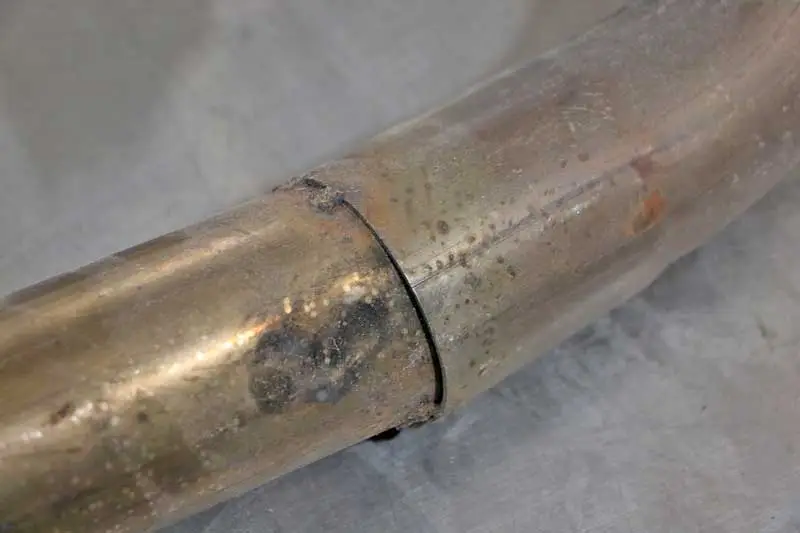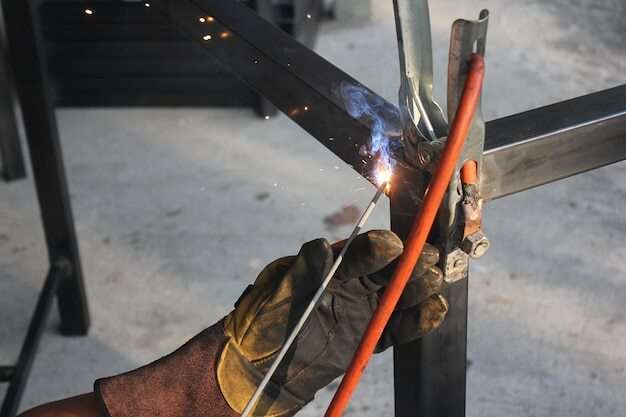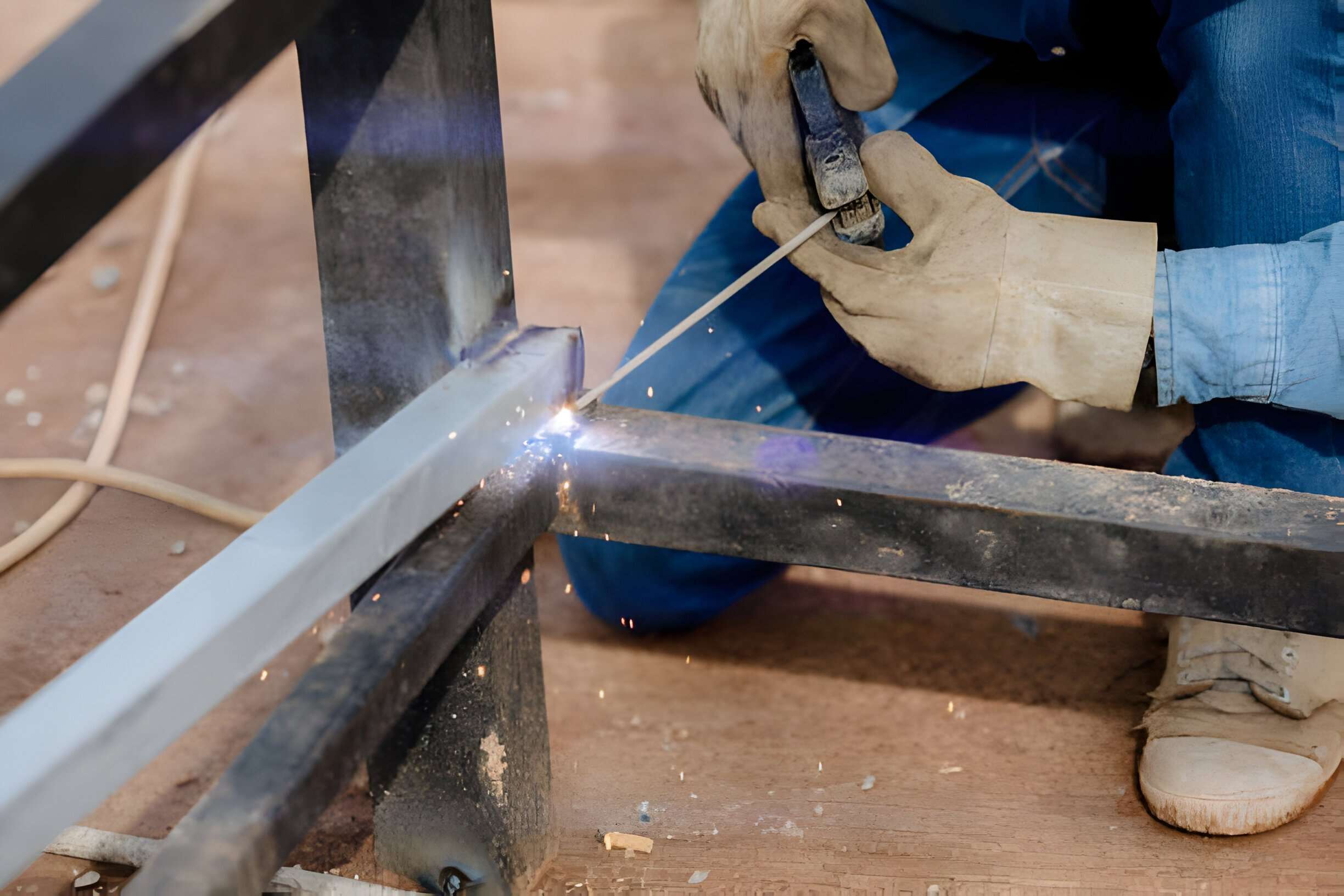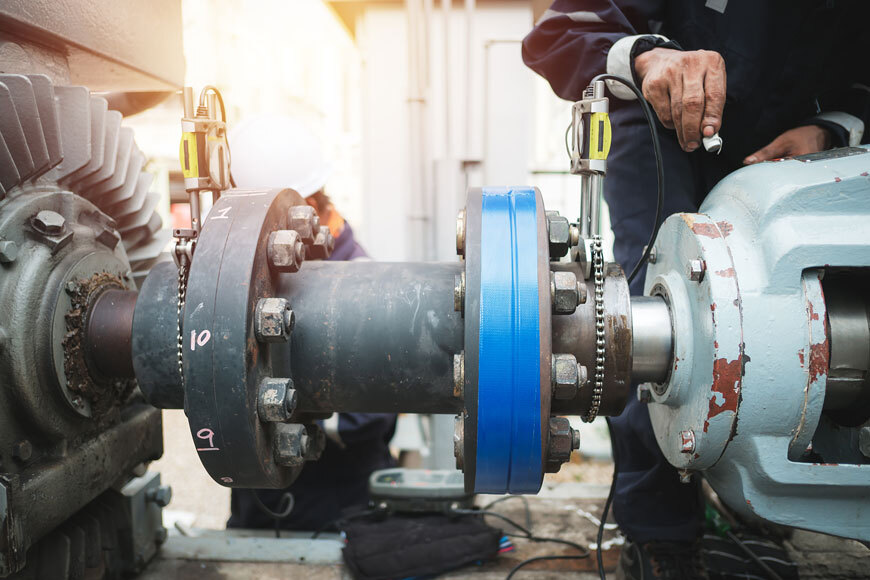
JB Weld is a versatile epoxy adhesive known for its exceptional strength and durability. It’s commonly used in various applications, including automotive repairs, plumbing fixes, and DIY projects. One question that often arises among users is whether JB Weld can be sanded. Let’s delve into this topic to understand the sanding process and its implications.
Before we explore the sanding aspect, let’s briefly understand what JB Weld is. JB Weld is a two-part epoxy adhesive composed of a resin and a hardener. When mixed in equal parts, these components create a strong bond that can withstand high temperatures and extreme pressure. It’s widely praised for its ability to bond to a variety of surfaces, including metal, wood, plastic, ceramic, and more.
To comprehend whether JB Weld can be sanded, it’s crucial to grasp its composition. Unlike traditional adhesives that rely solely on bonding agents, JB Weld consists of epoxy resins and hardening agents. Once cured, it forms a solid, durable bond that can be shaped and manipulated to some extent.
Can You Sand JB Weld?
Yes, you can sand JB Weld, but it requires careful consideration and proper technique. Sanding JB Weld can be challenging due to its robust nature and the risk of damaging the surrounding surface. However, with the right tools and approach, you can achieve satisfactory results.
Preparation Before Sanding
Before you begin sanding JB Weld, it’s essential to prepare the surface properly. Start by cleaning the area to remove any debris, grease, or contaminants. Use a degreaser or rubbing alcohol to ensure a clean surface. Additionally, wear appropriate safety gear, including gloves and a dust mask, to protect yourself from harmful particles.
Sanding Techniques
When sanding JB Weld, it’s crucial to use the correct techniques to avoid damaging the surface. Begin by selecting the appropriate grit sandpaper for the job. Coarse sandpaper (around 80-120 grit) is ideal for removing excess material, while finer sandpaper (200-400 grit) is suitable for smoothing out the surface.
Start sanding with light pressure, gradually increasing the pressure as needed. Work in small, circular motions to ensure uniformity and prevent gouging or scratching. Periodically check the progress to avoid over-sanding and maintain the desired shape and contour.
Tips for Effective Sanding
To achieve the best results when sanding JB Weld, consider the following tips:
- Maintain uniform pressure: Apply consistent pressure while sanding to ensure even removal of material.
- Use proper sanding tools: Choose sanding blocks or sanding discs designed for precision and control.
- Take breaks: Sanding can be labor-intensive, so take frequent breaks to rest and reevaluate your progress.
- Inspect the surface: Periodically inspect the sanded area to ensure it meets your expectations and requirements.
- Proceed with caution: Sand JB Weld slowly and carefully to avoid over-sanding or damaging the underlying surface.
Finishing Touches
Once you’ve completed the sanding process, you may want to apply a finishing touch to enhance the appearance of the surface. Consider polishing or buffing the sanded area to achieve a smooth, glossy finish. This step can help blend the sanded area with the surrounding surface and improve the overall aesthetic appeal.
Alternative Methods
While sanding is a common method for finishing JB Weld, there are alternative approaches you can explore. These include using rotary tools, files, or abrasives to shape and refine the cured epoxy. However, each method has its own set of pros and cons, so it’s essential to choose the most suitable option based on your specific needs and preferences.
FAQs About Sanding JB Weld
Can JB Weld be sanded immediately after application?
It’s recommended to allow JB Weld to cure fully before attempting to sand it. Typically, this process takes around 4-6 hours at room temperature.
What grit sandpaper is best for sanding JB Weld?
The ideal grit sandpaper for sanding JB Weld depends on the desired finish. Coarse sandpaper (around 80-120 grit) is suitable for removing excess material, while finer sandpaper (200-400 grit) is ideal for smoothing out the surface.
Is it necessary to sand JB Weld before painting?
Sanding JB Weld before painting is advisable, as it helps create a smooth, uniform surface for better paint adhesion and finish.
Can JB Weld withstand high-speed sanding?
While JB Weld is known for its strength and durability, excessive heat generated during high-speed sanding can potentially weaken its bond. It’s recommended to sand JB Weld at a moderate speed to avoid compromising its integrity.
How long should I wait before sanding JB Weld?
To ensure optimal results, wait for JB Weld to cure fully before sanding. This typically takes around 24 hours, but curing times may vary depending on factors such as temperature and humidity.






